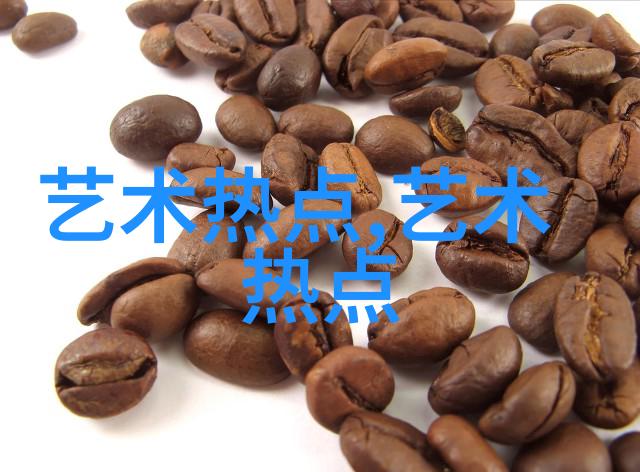中国是世界上最早掌握这项两千多年前艺术之源的国家成为全世界使用此传统工艺的先驱
"鎏金"是一种源远流长的传统金属装饰工艺,始于先秦时期,其实质是通过火镀法将金与水银混合成金汞剂涂覆在铜器表面,再加热使水银蒸发,使得金色牢固地附着于铜器上。这种工艺不仅技术难度大,而且易损耗,因此能保存至今的作品极为罕见。

这项古老的技艺,在中国有着两千多年的历史,从战国时期便已开始。在东周和汉代,它达到了鼎盛,成为当时最受赞誉的铜器装饰之一。随后,这一技术被称作黄金涂、金黄涂、金涂等,并在宋朝被命名为“鎏金”。
今天,我们来欣赏一件价值高达百万级别的13世纪作品——“铜鎏金 金刚萨朵佛像”。这尊佛像高36厘米,体现了艺术家对传统技艺精湛掌握的能力。

"Gold-plating on Copper: The Majestic Statue of Vajrapani"
The statue, standing at 36 centimeters tall, is an exquisite example of the ancient technique of gold plating on copper. Its eyes are cast downward, with a gaze that exudes both serenity and strength. The eyebrows are slender and connect to the high bridge of the nose, while the mouth corners curl into a subtle smile. The face radiates calmness and tranquility.

Adorned with round jade earrings, the statue's ears seem to be adorned with fluttering silk ribbons and cloths that appear as if they were dancing in the wind. Though its right hand should hold a vajra staff, it has been lost over time; instead, it grasps a vajra bell in its left hand with perfect proportionality. This masterpiece embodies elegance and grandeur.
This ancient technique was first introduced during China's Warring States period (475-221 BCE) and remained one of our country's most significant achievements in traditional technology until today. It not only showcases human ingenuity but also preserves history for generations to come.
